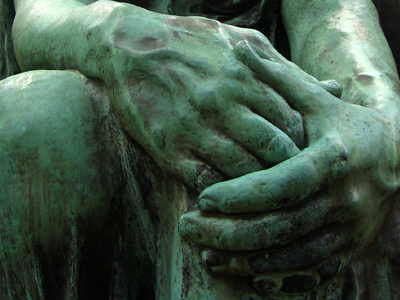
Metals and Non-metals 01
Revise what you know about elements. Which metal is liquid at room temperature?
Studying in years 7, 8 or 9? Enjoy learning by playing quizzes.
Scroll down to play the quiz
This KS3 Science quiz takes a look at metals and non-metals. Dividing chemical elements into groups can be helpful. One of the simplest groupings is to split them up according to whether they are metals or non-metals. The periodic table is a list of all of the elements that we know about and it turns out that there are many more metals than there are non-metals. The non-metals are found on the right hand side of the periodic table, where they are divided off from the metals by a zig-zag line.
The metals and non-metals have very different chemical and physical properties (ways in which they behave). Metals conduct electricity, but non-metals don't. Metals can be bent and hammered into shapes without breaking, non-metals shatter. Metals form alkalis and non-metals form acids. There are many other properties too, usually they are opposites. There are exceptions to the rules as well, for example, the metal mercury is a liquid at room temperature but all other metals are solids.
Ready for more?
not all...
quizzers. Try to win a coveted spot on our Hall of Fame Page.







